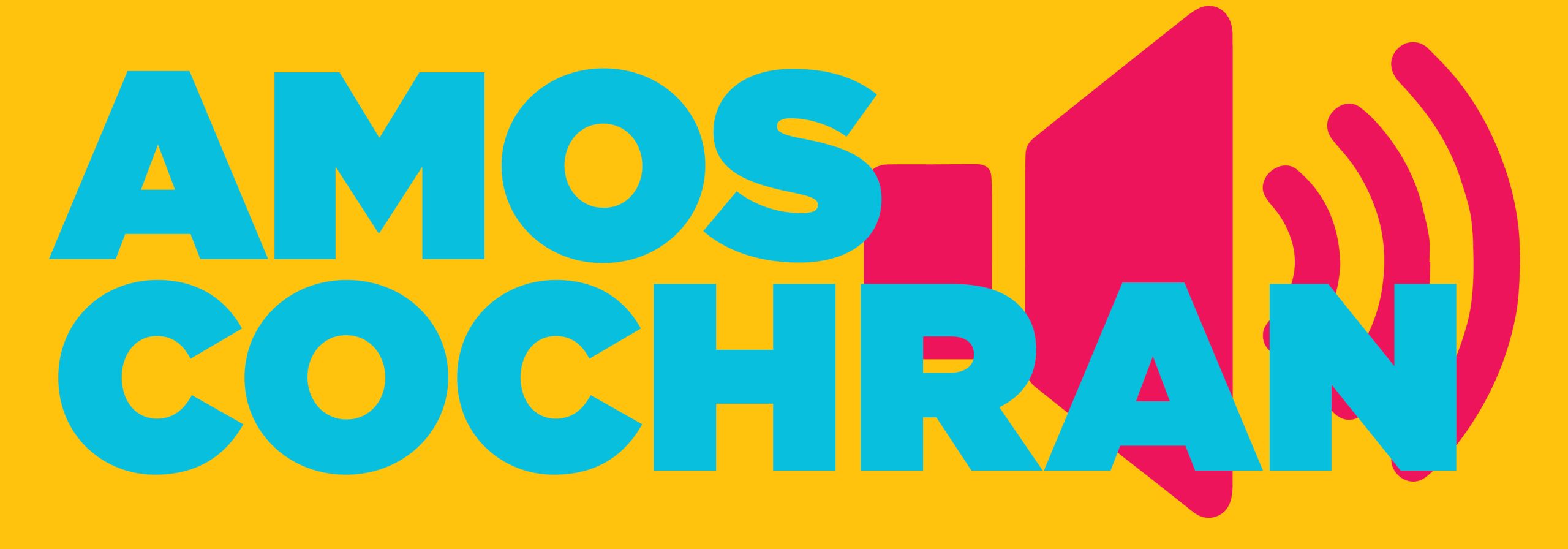A Touch of ‘Color Field’: Outdoor Art Exhibition Opens at UH
Public Art UHS Offers Free Programming, Self-Guided, Interactive Tours Through May 2021

A series of colorful, bright, large-scale sculptures are sprinkled across the University of Houston campus, offering visitors an emotional lift and escape to fun. Lace up your most comfortable shoes, put on a mask and feel the joy of color in “Color Field,” now open to the public.
Presented by Public Art of the University of Houston System (Public Art UHS), “Color Field” is the first curated exhibition of outdoor sculpture at UH and the second project in the Temporary Public Art Program. The traveling show is organized by Crystal Bridges Museum of American Art in Bentonville, Arkansas for Public Art UHS. The Houston presentation of "Color Field" is enhanced through substantial interpretative content and an exclusive digital experience created by Public Art UHS and the University of Houston. The Houston presentation of the exhibition is generously supported by The Brown Foundation, Inc. and will remain on view through May 2021.
Winding through a one mile stretch of UH’s park-like campus, 13 works of art by seven contemporary artists will immerse visitors in a field of color. Featured artist Sarah Braman created “Here” (2019), a concrete drainage pipe fitted with coated aluminum frames and laminated glass. She hopes the show serves as a “short reprieve” from everyday challenges.
“I want ‘Here’ to be an invitation to slow down and enjoy the experience of looking,” said Braman, who is known to repurpose discarded objects and give them new life. “Do you notice what you can see through the sculpture? What do you notice that’s reflected back at you from the landscape or the people through the windows?”
It’s those thought-provoking questions that can create a connection between visitors and the works, said Maria C. Gaztambide, Public Art UHS director and chief curator.
“‘Color Field’ inspires us to think of our campus as an enormous sculpture park with plenty of spaces for encountering the works in the exhibition alongside Public Art UHS's storied permanent collection,” Gaztambide said. “At the same time, the exhibition provides families, art enthusiasts and the broad community with a safe and completely open-air environment to connect with each other and with the emotional value that color brings to our lives.”
The inspiration behind “Color Field” is a mid-twentieth-century painting style of the same name – Color Field – characterized by large areas of single colors and surfaces devoid of realistic representation.
“Taking this style of painting as a point of departure, ‘Color Field’ considers a group of contemporary artists concerned with exploiting color for all of its expressive and evocative possibilities,” added Gaztambide.

‘STOP, REFLECT, ENGAGE’
Public art brings people from all spectrums of society who wouldn’t normally go to a gallery or a museum, said Jeffie Brewer, the Nacogdoches, Texas artist who is showing multiple painted steel pieces in “Color Field”– including “Bunny.”
“‘Bunny’ is a form that I made about 12 years ago, and this is what actually got me into making public art,” Brewer explained. “I saw the interaction people had with public art and how they would stop, reflect or engage. That changed my perception of how art in general should be and what it meant to me.”
In addition to “Bunny,” Brewer is displaying other abstract forms “Cloud,” “Gigaff,” “Pop,” “Kitty” and “Pink Sexy.”
Along with Brewer and Braman, artists and their works also featured in “Color Field” include: Sam Falls, who has two works in the show: “Untitled (Wind Chimes)” (2014), a larger-than-life-sized, functional wind chime that makes music just by a gentle touch; “Untitled (Maze)” (2014), which consists of brightly colored panels, some of which are coated with light and heat-sensitive paint. Precise incisions into the surface of some panels allows sunlight to shine through the sculpture. “Back to Kansas” (2015) by Spencer Finch is a billboard-sized grid made out of 70 blocks of brilliant and subtle color inspired by “The Wizard of Oz.” Each color in the grid corresponds to a color from the film, such as “Yellow Brick Road” and “Ruby Slippers.” Odili Donald Odita’s “Negative Space” (2019) is a series of 13 flags on flagpoles inspired by the American flag and its related socio-cultural dynamics. Colors such as red, white and blue, and their complementary green, black and orange work to both enhance and contrast each other. “Forms from Life” (2019) by TYPOE is a grouping of minimalist shapes made out of painted aluminum that resemble enlarged building blocks. It is a reference to how the basic information we learn as children forms our understanding of the world. Sound artist and composer Amos Cochran’s “Color Field Outside / In” (2019) allows one’s emotions to wander freely in an immersive sonic soundscape. Cochran uses traditional instruments such as violin, cello, harp and piano to produce abstract recorded sounds.
The works are strategically placed throughout the UH campus starting with Wilhelmina’s Grove, the heart of the UH Arts District, which is bound by the Moores School of Music, School of Theatre & Dance, Valenti School of Communication and Fine Arts Building – all at the intersection of Cullen Boulevard and Elgin Street. The pieces then weave through the areas surrounding the Ezekiel W. Cullen Building, Butler Plaza and Lynn Eusan Park – off University Drive. Click here to download a map of "Color Field."
“By placing ‘Color Field’ works in and around UH’s iconic campus buildings, its main pedestrian arteries and existing permanent artworks in the Public Art collection, we truly want to incite dialogue not only between them and our campus’ natural and built environment, but also with other works for which color is a central node,” Gaztambide said.

Jeffie Brewer (b. 1971) "Kitty", 2019. Painted steel. 60 × 78 × 25 inches.
Jeffie Brewer (b. 1971) "Kitty", 2019. Painted steel. 60 × 78 × 25 inches.

Sam Falls (b. 1984). "Untitled (Wind chimes)", 2014. Powder-coated aluminum and steel. 143 ¼ × 48 × 48 inches.
Sam Falls (b. 1984). "Untitled (Wind chimes)", 2014. Powder-coated aluminum and steel. 143 ¼ × 48 × 48 inches.

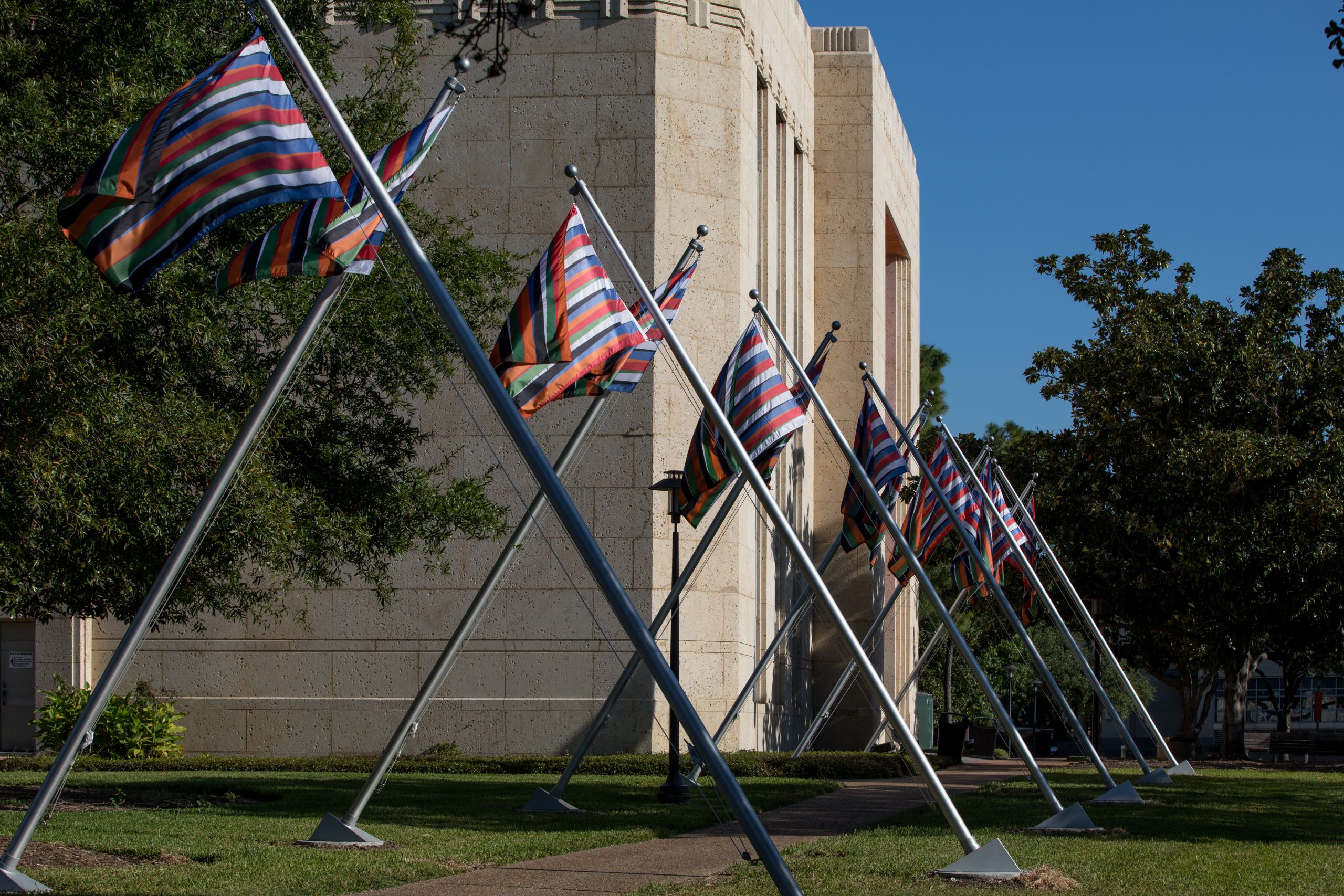
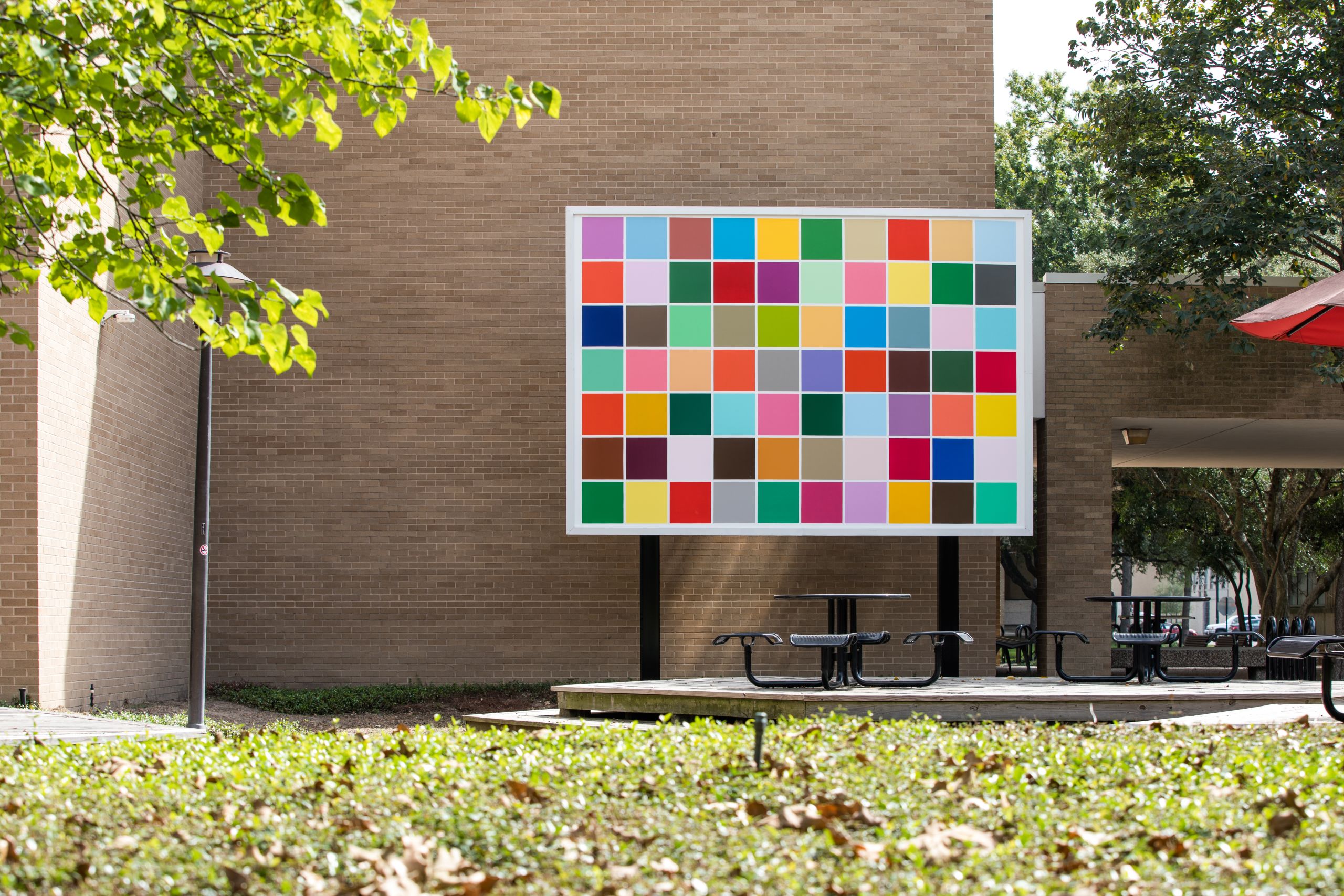
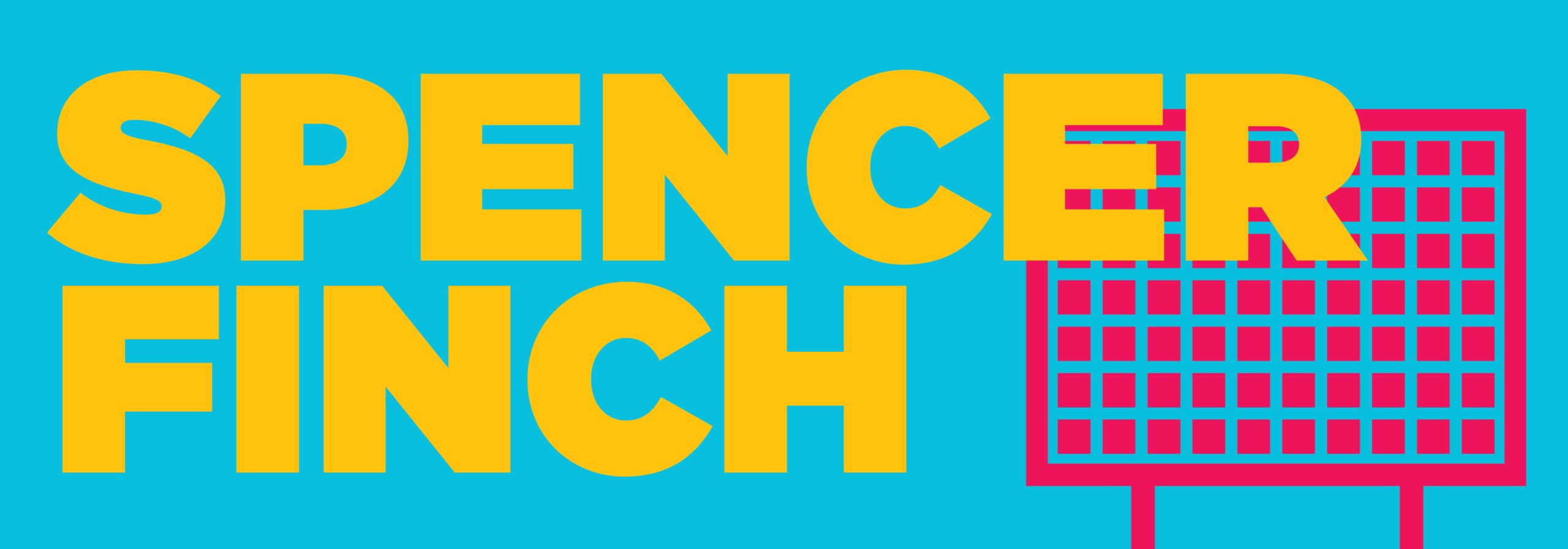
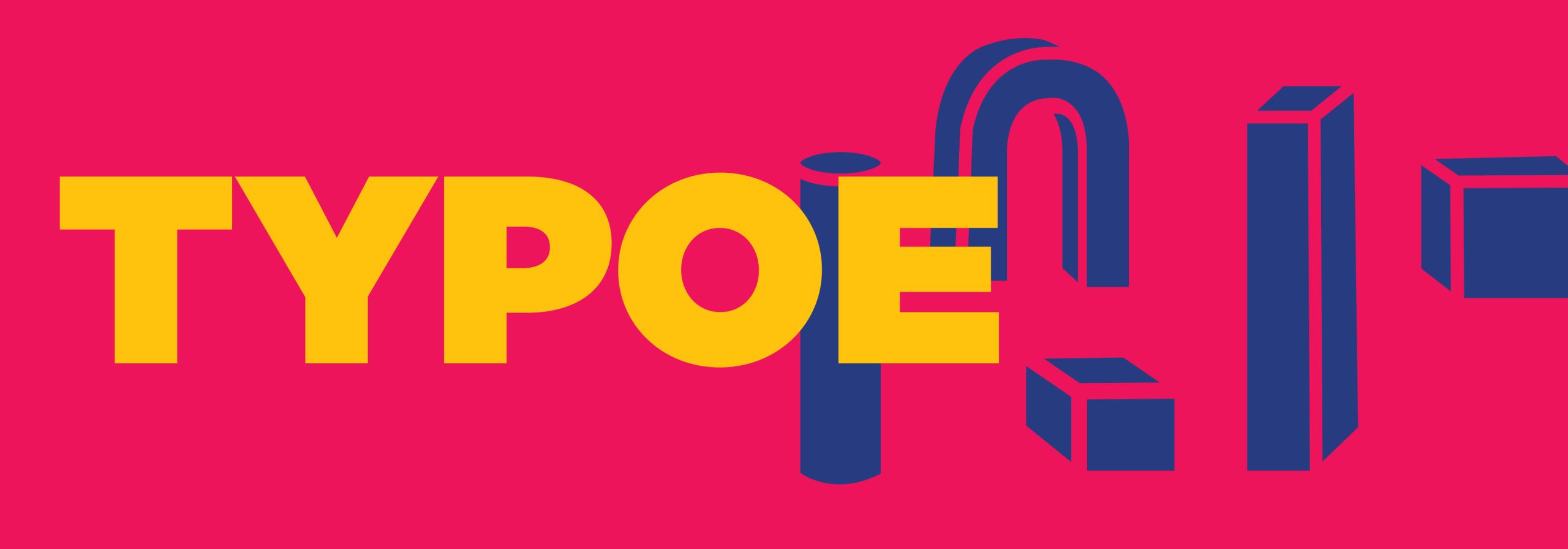
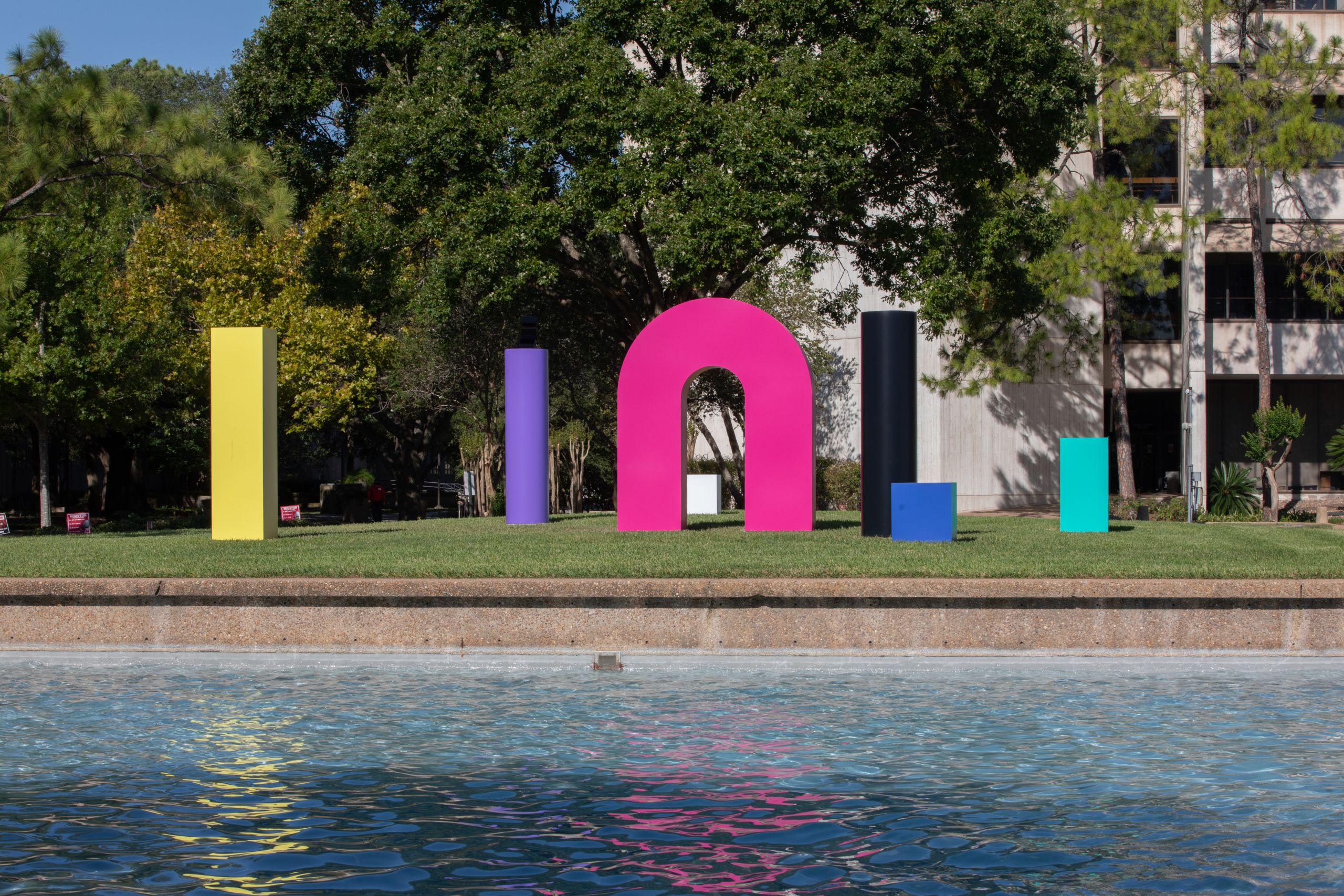

Odili Donald Odita (b. 1966) "Negative Space," 2019. Series of thirteen flags on flagpoles.
Odili Donald Odita (b. 1966) "Negative Space," 2019. Series of thirteen flags on flagpoles.

Spencer Finch (b. 1962). "Back to Kansas", 2015. Exterior household paint on canvas. 190 × 186 inches.
Spencer Finch (b. 1962). "Back to Kansas", 2015. Exterior household paint on canvas. 190 × 186 inches.

TYPOE (b. 1983). "Forms from Life", 2017. Painted aluminum. Dimensions vary.
TYPOE (b. 1983). "Forms from Life", 2017. Painted aluminum. Dimensions vary.
TOOLS OF ENGAGEMENT:
The Public Art UHS curatorial team encourages everyone to come experience “Color Field” safely and in-person by adhering to the University’s COVID-19 protocols. Interactive, self-guided tours with printed maps and interpretative signage with QR codes offer opportunities to learn about each artist and their work while providing access to online content. Visitors can also text their feedback about what inspires them about “Color Field.”
“COVID-19 challenged us to move beyond utilizing technology and the internet as a mere platform for communicating information,” explained Gaztambide. “We were interested in exploring how we could interweave the in-person and virtual iterations of ‘Color Field’ into a singular indivisible experience where one complements and rounds out the other.”
There are also several ways to engage with “Color Field” virtually throughout the exhibition’s stay on the UH campus, including:
· Monthly Zoom conversations with featured artists
· Monthly art-making activities for people of all ages
· Wellness programs (beginning spring 2021)
Among the in-person programs planned for spring 2021 is Public Art UHS’s first ever film series, inspired by “The Wizard of Oz.”
Follow Public Art UHS on Social Media @PublicArtUHS #ArtisAllAroundUs #ColorFieldUH
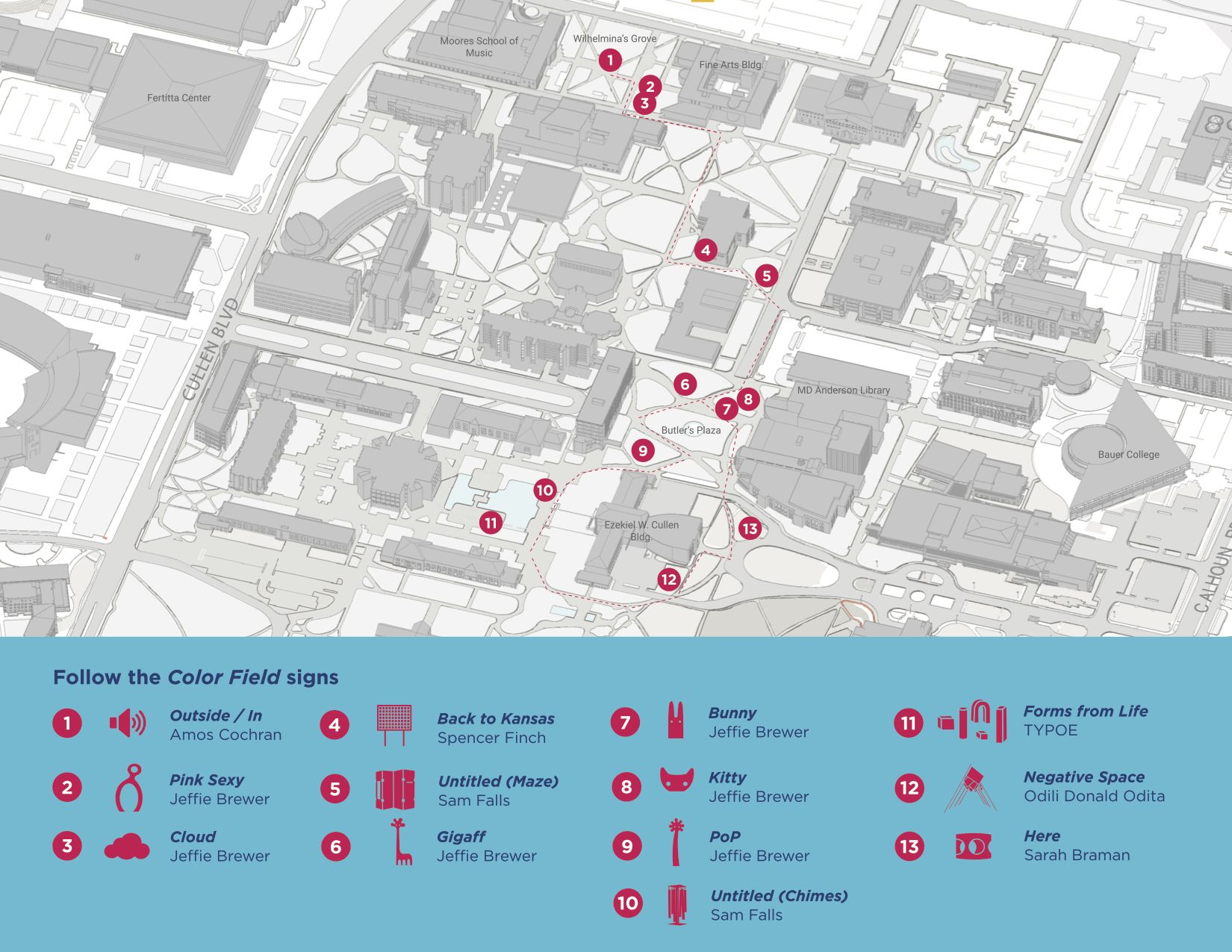
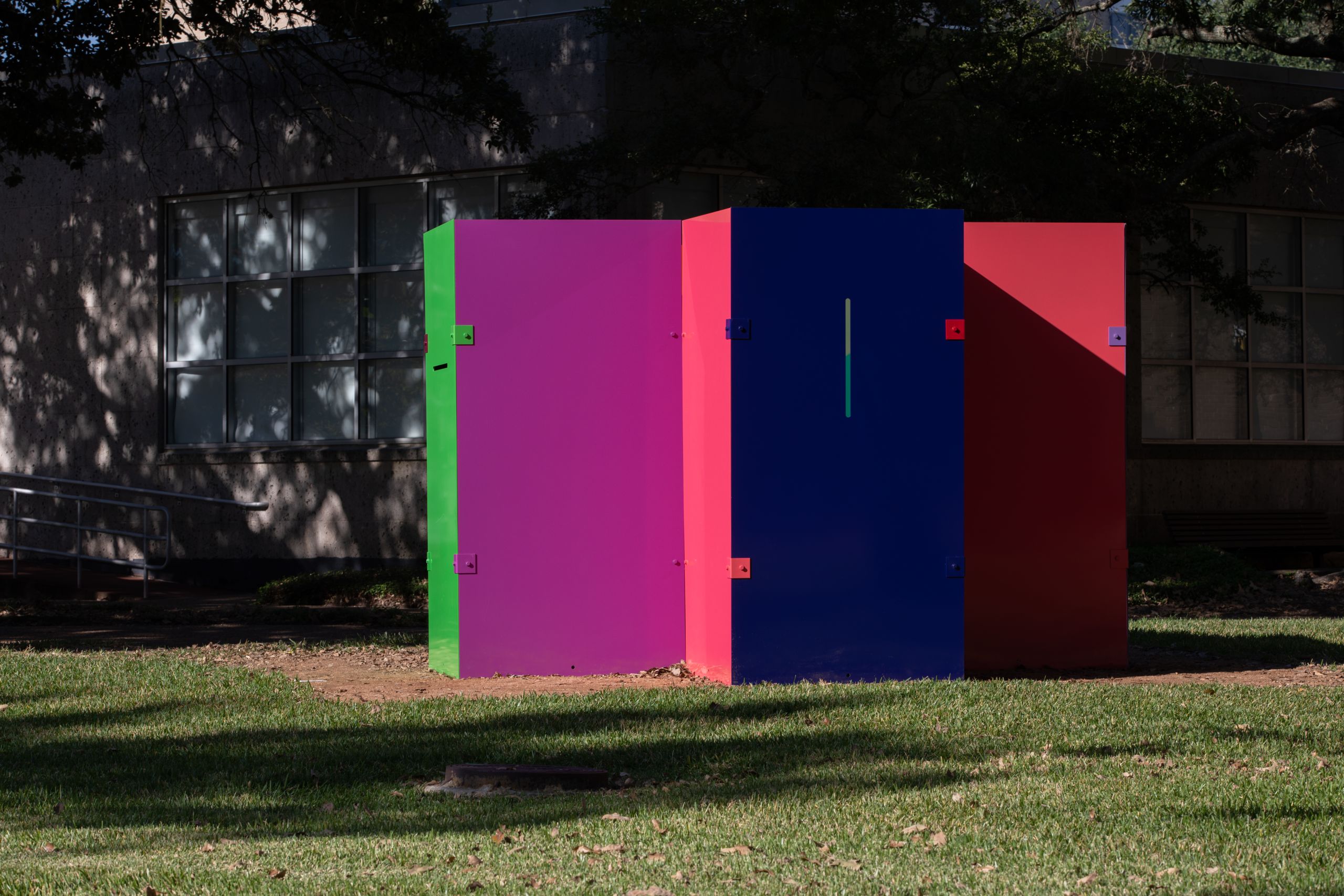

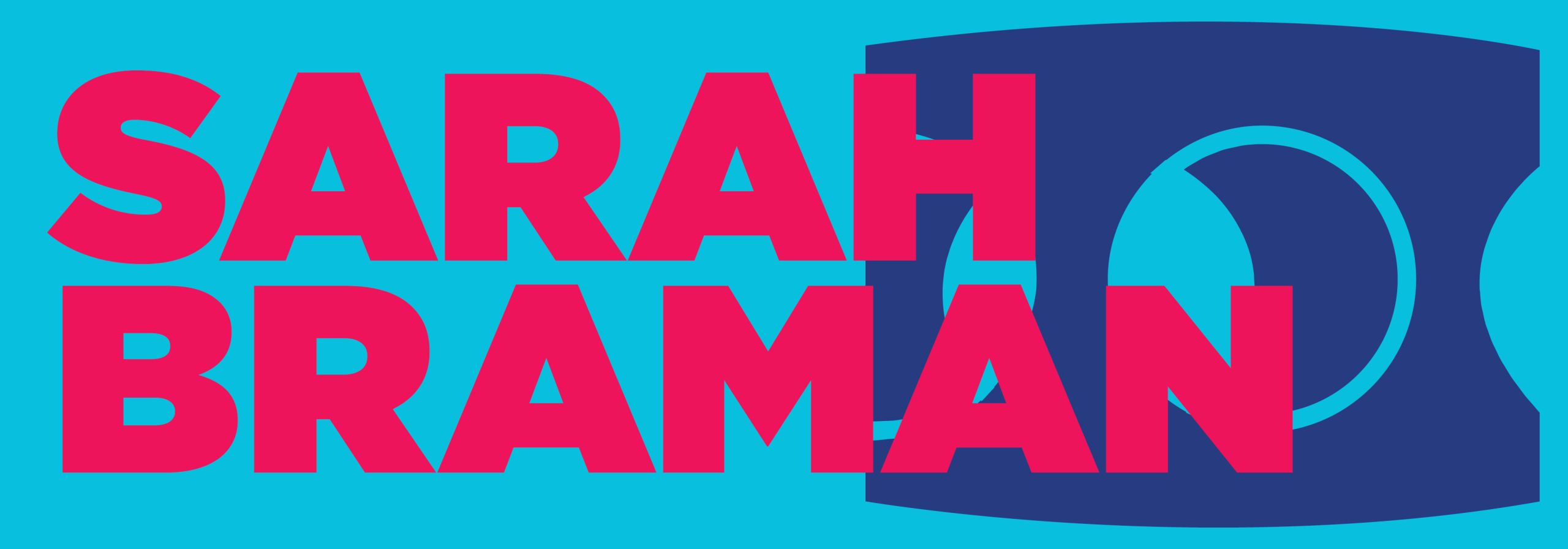
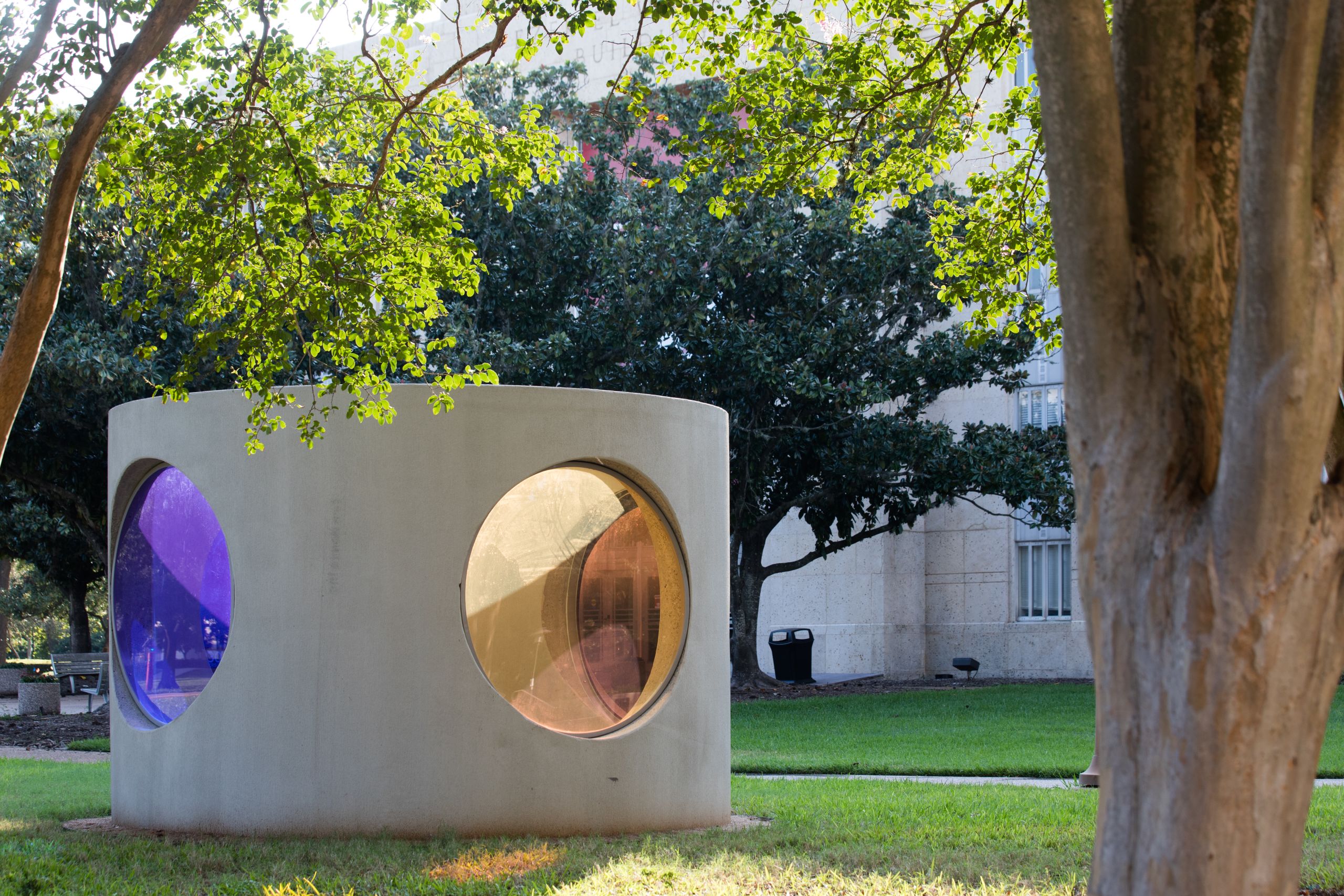

Sam Falls (b. 1984). "Untitled (Maze)", 2014. Powder-coated aluminum and steel hardware. 96 × 144 × 144 inches.
Sam Falls (b. 1984). "Untitled (Maze)", 2014. Powder-coated aluminum and steel hardware. 96 × 144 × 144 inches.

Sarah Braman (b. 1970). "Here", 2019. Concrete drainage pipe, powder-coated aluminum frames, laminated glass. 96 × 140 × 140 inches.
Sarah Braman (b. 1970). "Here", 2019. Concrete drainage pipe, powder-coated aluminum frames, laminated glass. 96 × 140 × 140 inches.

